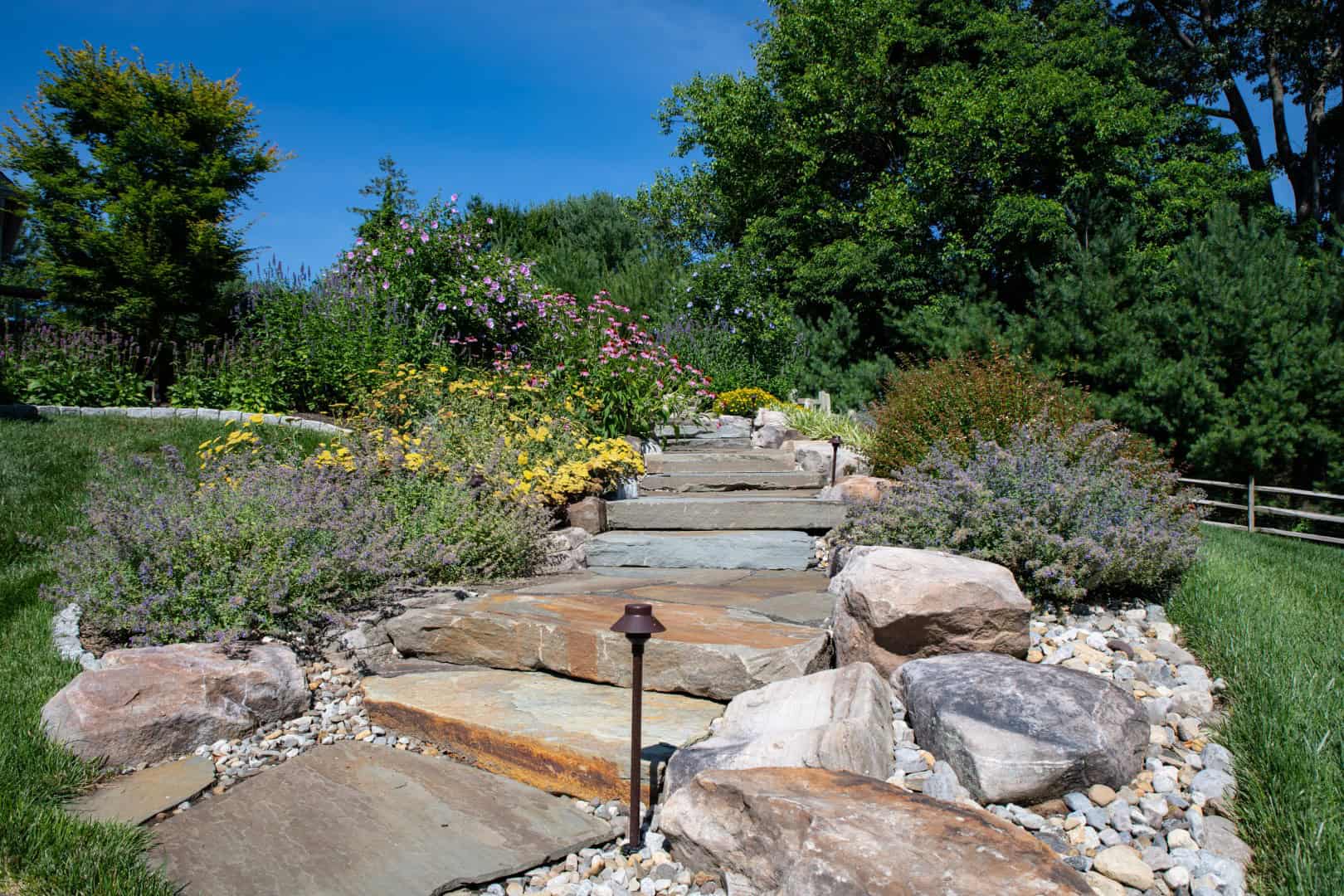
The Best Tips to Winterize Your Home
January 31, 2025How to Protect Your Property from the Coming Freeze
Winter weather is here bringing with it the chances of severe winter storms, freezing ice, and subzero temperatures. Next week, temperatures are expected to dip into the single digits for a few days.
Unrelenting rain and snow can wreak havoc on the health of your house and surrounding property. That’s why it’s essential to take the time to protect them today. It can make a huge difference in keeping your home safe from the elements.
Seal and Protect Vulnerable Areas
Make sure pipes are wrapped in foam insulation, especially in unheated areas like basements and attics. Close doors and windows and check for any leaks. You can use simple fixes to cover existing leaks, such as flexible tubing tape or tubes of fabric. Make sure any areas that are above unheated spaces, such as garages, have doors closed to maximize heat efficiency.
Turn off Water or Keep it On
To make sure pipes don’t freeze, you can shut off the water if away. If home, keep a sink slowly dripping water to prevent ice from forming. Open cabinets under sinks to let your house’s heat keep them warm. You should also keep your home heated to at least 65 degrees. A burst water pipe is one of the most damaging things to happen to a home. Keep an eye on your water in freezing temps.

Check the Inside of Your Home
You should schedule a regular inspection and cleaning of chimneys. If yours hasn’t been checked in a while, resist lighting a fire in freezing temps. Test your carbon monoxide and smoke alarms. Replace the batteries every year and replace the alarms every ten years, at a minimum. Cover any pipes to unheated areas with extra layers, such as washing machines in unfinished basements.
Cover Vulnerable Plants
If you need to protect less hardy plants, you can bring them inside or cover them with burlap. Newly planted trees and shrubs should also be covered. Frost cloths are also available for purchase at a garden store. Annuals are meant to die each year, so you don’t need to cover them.

Selectively Edit Your Surroundings
Flush out your hoses and gutters to clear out clutter. Winterize any water features so ice doesn’t freeze in pipes. Prune and cut back trees and shrubs to protect from breakage due to heavy snow and wind. Perennial flowers need to be trimmed before the winter season. This helps them conserve energy and protect their root system. Evergreens, ornamental grasses, and a few other plants can be left alone.
Take the time and effort now to protect your biggest investment, your home. These steps will also help make spring cleanup easier once the cold season ends.